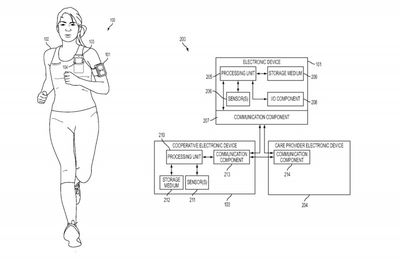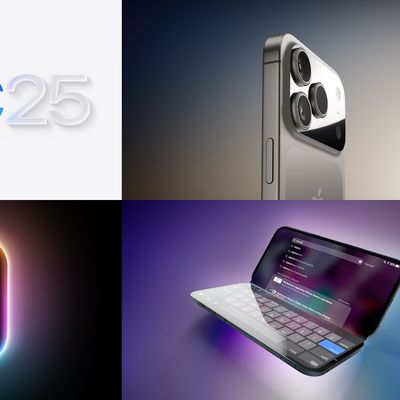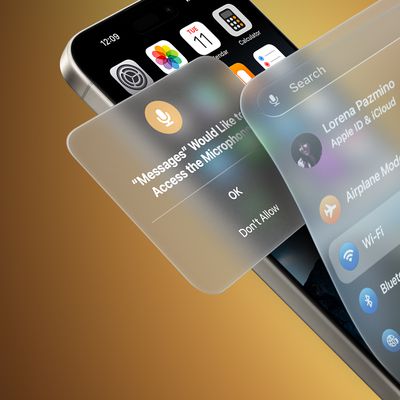An Apple patent application that could turn the Apple Watch into a fully fledged medical device was published by the U.S. Patent and Trademark Office on Thursday.
The application, titled "Care event detection and alerts", envisions a hardware system with the ability to monitor the surrounding environment for events that would require assistance from medical professionals, police, fire rescue or other emergency services.

In one example, the device could be programmed to monitor a user's heart for arrhythmia and send out an alert to a spouse or emergency responder in the event of detection.
As noted by AppleInsider, the Apple Watch is not specifically mentioned in the document, but the device would likely fit the requirements of the system's goals, thanks to its advanced sensors and monitoring hardware.
In practice, a wearable and a host device could work in combination to detect a care event. For instance, an iPhone's accelerometer might detect a sudden change in acceleration in tandem with a loss of heart rate detection on an Apple Watch, signaling a cardiac arrest.
When a care event is detected, an alert is sent out by the system to a "care list", or predefined set of recipients established by the user or included in a device preset.

The patent application notes that fine tuning of the system would be necessary to prevent false alarms, and that building a hierarchy into the care list could allow for a staggered escalation of response. For example, a user's spouse or family might be included in the first level for contacts for mid-severity crises, while the highest level could be saved for emergency responders in high-severity cases.
Prior to Apple unveiling the Apple Watch, reports indicated the device would come with 10 sensors to track health and fitness data. Many of these features were ultimately dropped by Apple because of inconsistency issues, leading some healthcare professionals to find the wearable disappointing in this regard. However, should it ever come to fruition, the system described in this latest patent could go some way to answering similar criticisms in the future.























